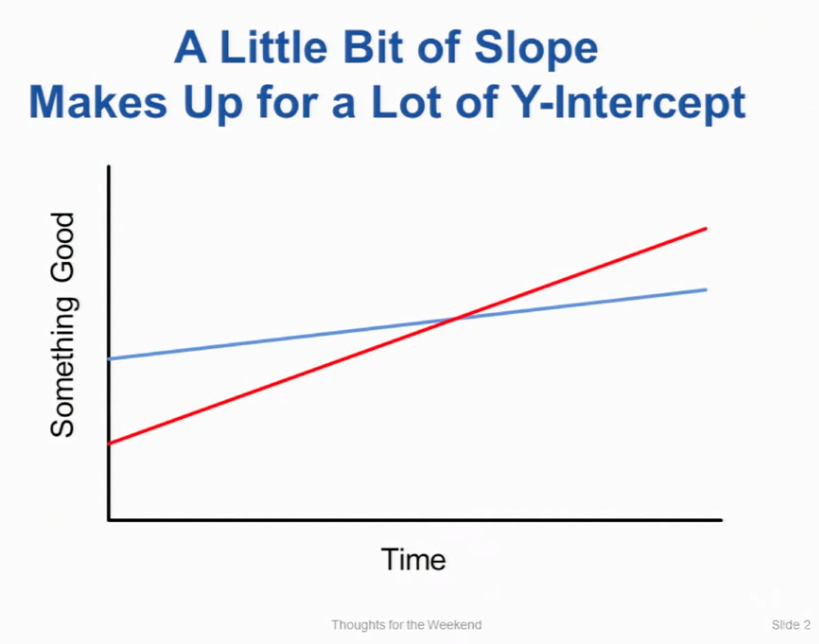Alan J. Perlis, Yale University
This text has been published in SIGPLAN Notices Vol. 17, No. 9, September 1982, pages 7 - 13. I'm offering it here online until ACM stops me.
The phenomena surrounding computers are diverse and yield a surprisingly rich base for launching metaphors at individual and group activities. Conversely, classical human endeavors provide an inexhaustible source of metaphor for those of us who are in labor within computation. Such relationships between society and device are not new, but the incredible growth of the computer's influence (both real and implied) lends this symbiotic dependency a vitality like a gangly youth growing out of his clothes within an endless puberty.
The epigrams that follow attempt to capture some of the dimensions of this traffic in imagery that sharpens, focuses, clarifies, enlarges and beclouds our view of this most remarkable of all mans' artifacts, the computer.
